Looking after your feet on expedition
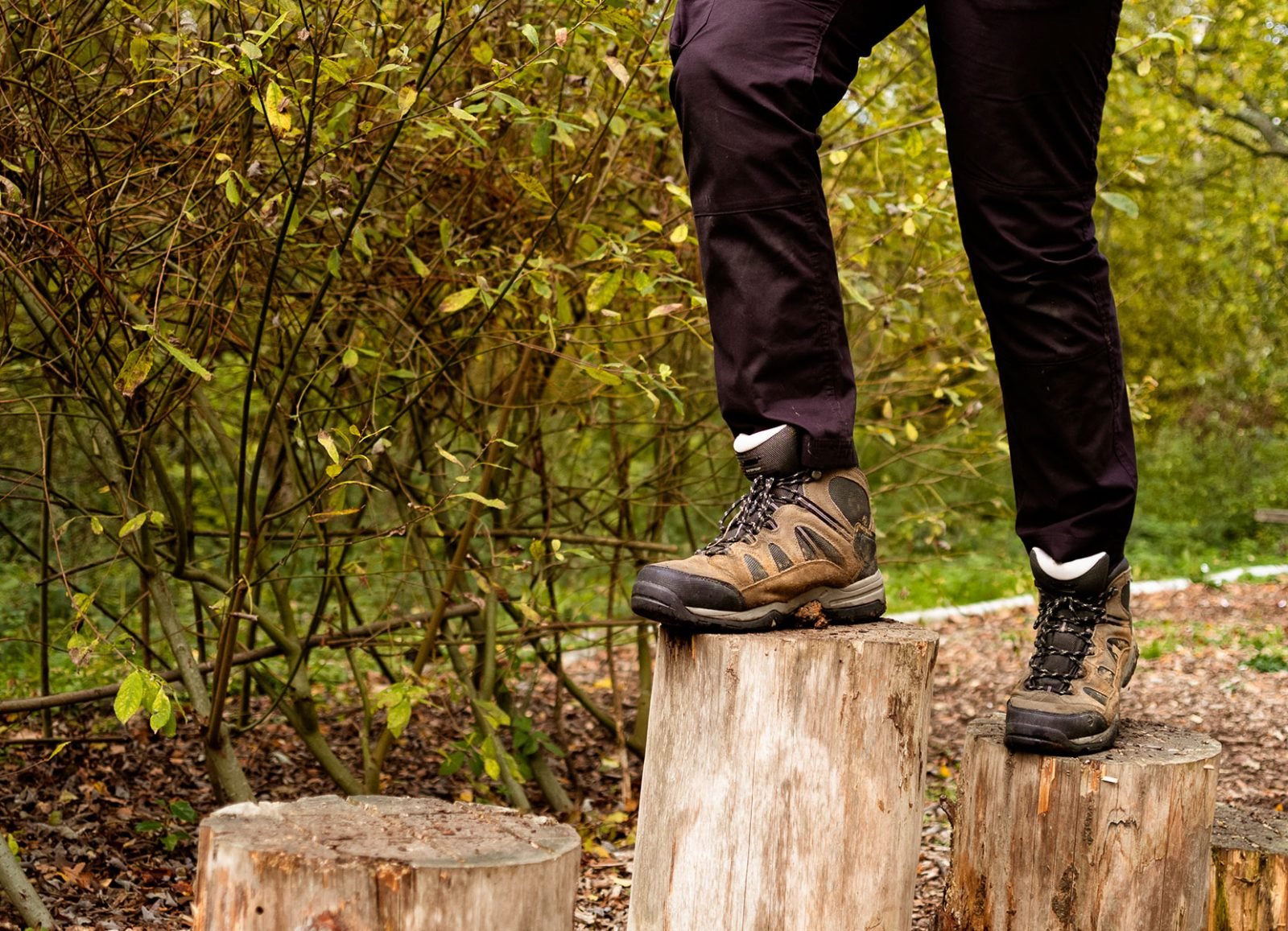
No other piece of kit affects the enjoyment of your expedition more than what you put on your feet. We’ve compiled our top tips and advice on how to look after your feet before, during and after your expedition.
Before your expedition
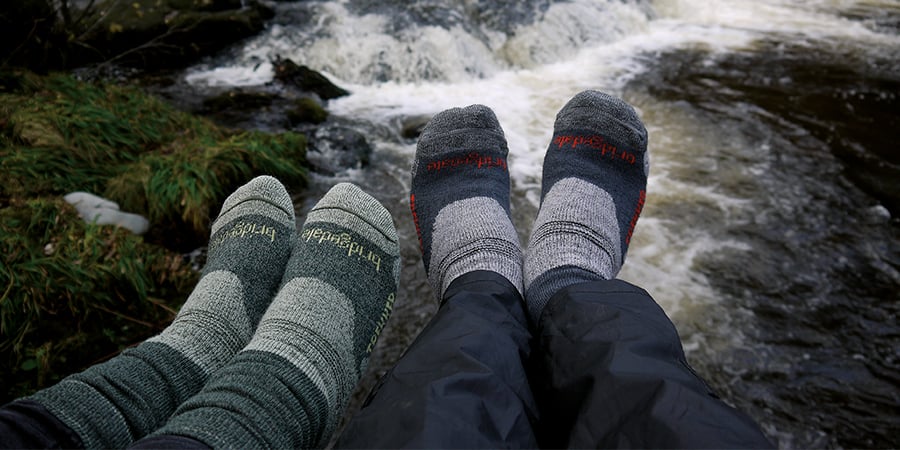
Choose your socks first, so you can then wear them whilst trying out different walking boots to get a realistic fit.
Good walking socks will help minimise blisters as they have padding and moisture protection fabric. The DofE recommends Bridgedale HIKE Midweight Merino Performance socks.
Avoid wearing your walking socks on carpet, as this acts like Velcro and creates a bobbling effect.
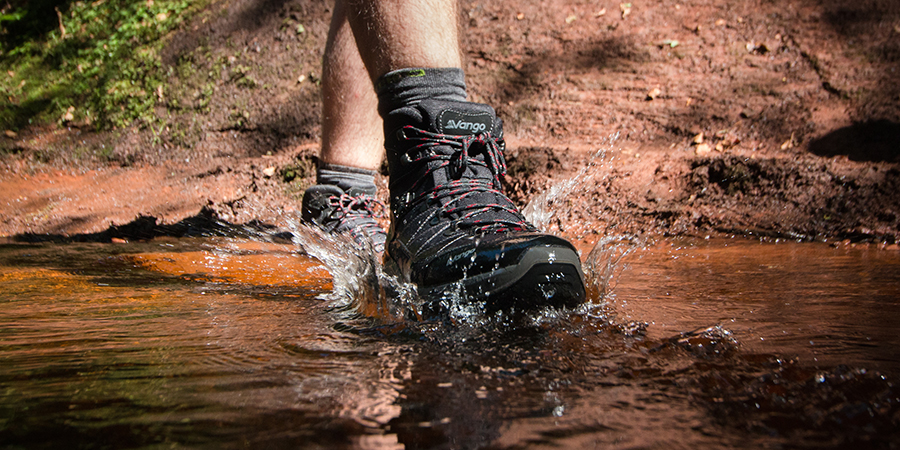
Make sure you get the right material for you. Leather boots are very durable and water resistant but cost more. Synthetic boots, which are lighter and cheaper than leather, are ideal if your feet are still growing and you don’t need your boots to last for years.
The DofE recommended Vango Velan walking boots which are a fabric and leather mix, with a waterproof and breathable membrane making sure rain and sweat aren’t an issue.
Look for walking boots that have ankle support to protect you while walking with a heavy rucksack.
Insoles can often make a boot fit much better and are a cheap way to get extra comfort.
When tying the laces, it may be more comfortable to lace to the top of the boot and then come back down one level and tie the bow there. This puts the strength of the bow closer to the foot and takes pressure off the top. Try out different lacing techniques to find out what works best for you.
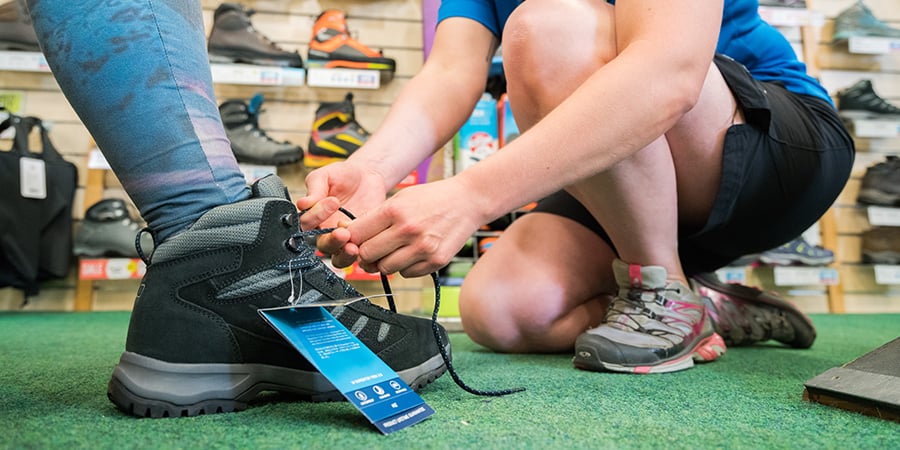
All our recommended retailers offer free professional boot fittings. They can help you find the right boot for your expedition and you’ll save at least 10% if you show your DofE Card or Voucher. Find your nearest store.
It’s important that you wear your boots regularly before your expedition to break them in and help you get used to them. You could wear them walking to and from school, at after school clubs, youth groups and on practice walks.
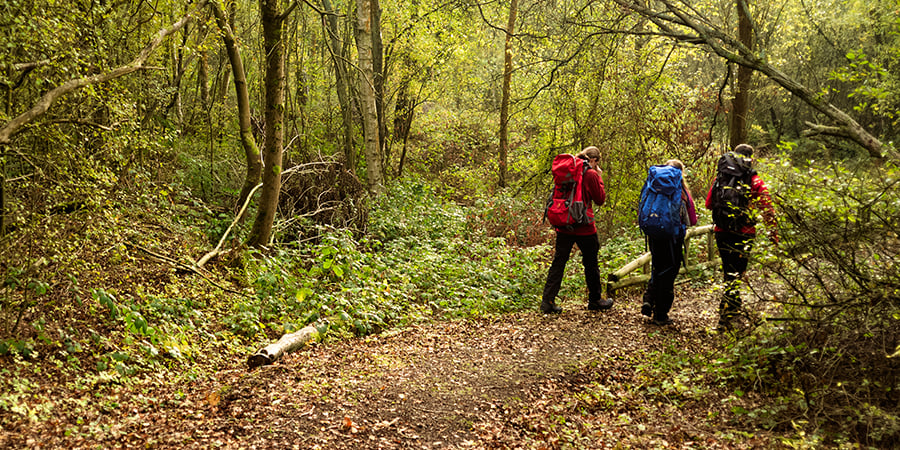
During your expedition
How many socks? You should carry at least one spare pair, preferably several, ideally one set for each day. You may choose to bring more depending on the length of your expedition and the weather forecast.
Bring a pair of flip flops or lightweight sandals/trainers to wear around the campsite. This will let you air and dry your feet, socks and boots once in camp.
Wearing two pairs of socks (one pair of liners, one pair of outer socks) can significantly reduce friction in the boot and help prevent blisters. The DofE recommend Bridgedale Coolmax liner socks.
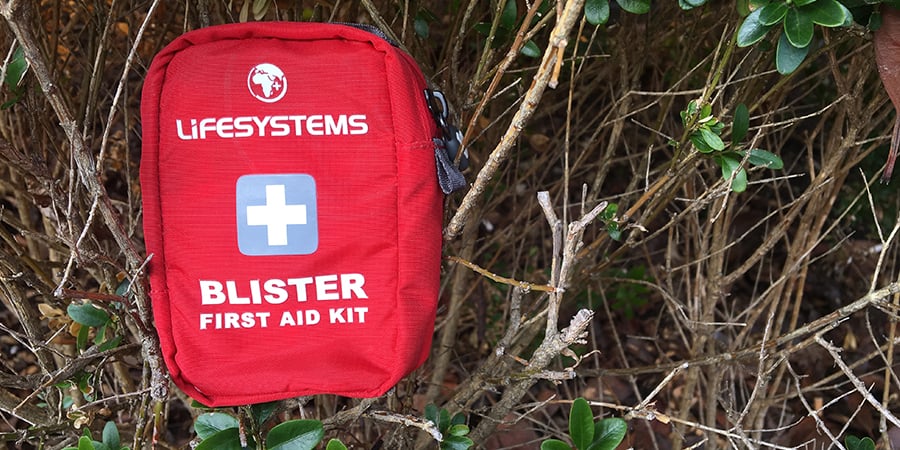
Take a blister kit and make sure it’s easy to reach when walking. Prevention is better than cure so put some plasters on where you’ve had blisters before to protect your feet from the very start of your expedition. The DofE recommended Lifesystems Blister First Aid Kit.
At lunch, give your feet a break. To help your feet you could put on a different pair of liner socks or even just swap your left and right inner socks. Plus, you can air your feet at the same time.
If you leave your boots in your tent porch overnight, put them in a plastic bag to protect them from dew.
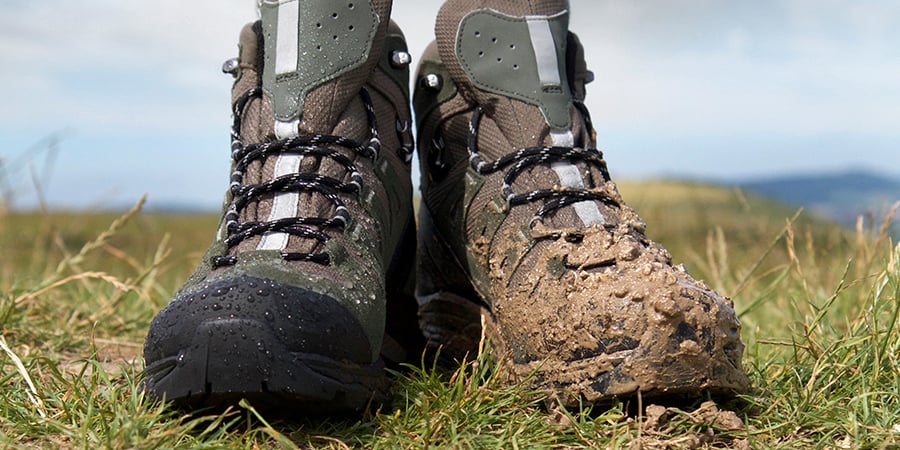
After your expedition
If your boots get wet, put scrunched up newspaper in them, right to the toes, and leave overnight. The newspaper will absorb the moisture.
When you get home, remember to fully clean your boots and let them dry naturally ready for your next expedition or walk. Leaving damp boots in a car or cupboard can cause them to go mouldy. Don’t leave on top or under a radiator, as this can damage the boots.
To clean your boots, we recommend Nikwax Footwear Cleaning Gel, which is easy to apply and will remove dirt and prepare the footwear for water proofing.
Treat your boots regularly with waterproofing solution to make your boots strong and dry. The DofE recommends Nikwax Fabric and Leather Proof which will add water repellency and can be used even on wet footwear.
Always wash your walking socks inside out as the water reinvigorates the underfoot cushioning.
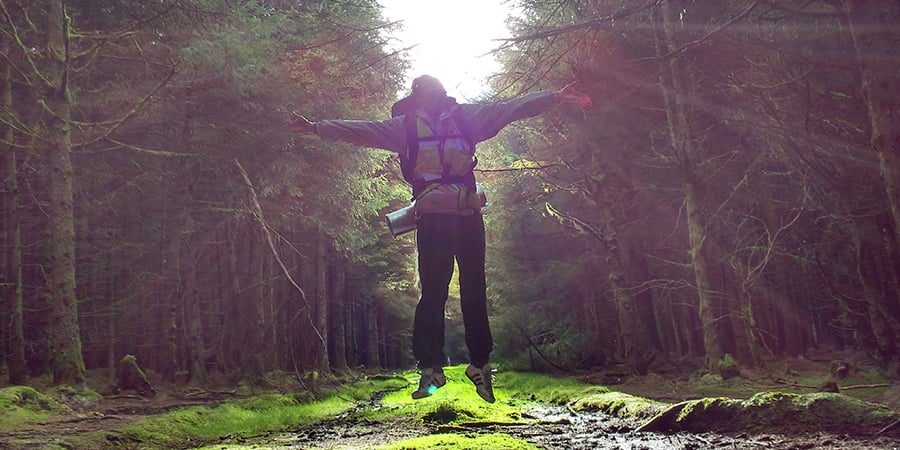
What else?
For more tips and advice about walking boots and socks, visit our Expedition Kit Resources.
Download our free poster to help you further in looking after your feet on your expedition.
Always show your DofE Card or Voucher at our recommended retailers. You’ll get the best savings and help support young people doing their DofE.


